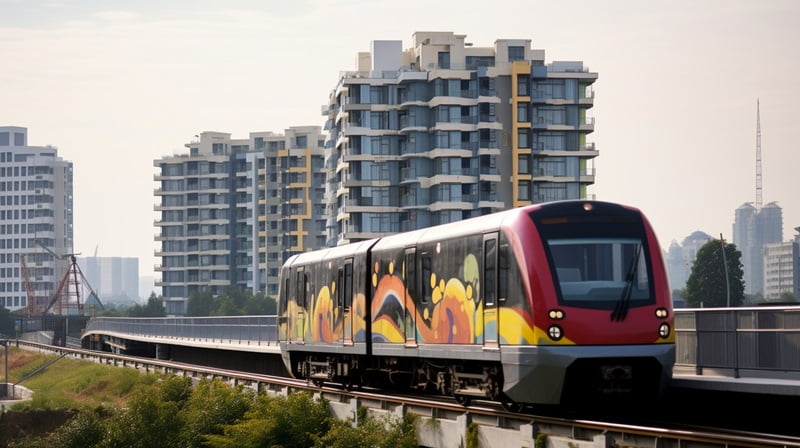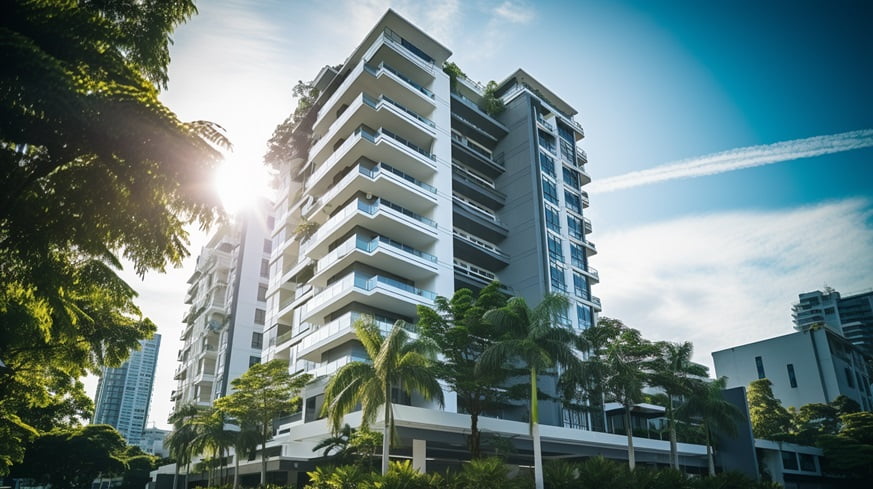Top 7 Reasons to Invest in Transit-Oriented Development in Malaysia
Investors who are interested in the dynamic real estate landscape of Malaysia are increasingly turning their attention to Transit-Oriented Development (TOD). These strategic projects are designed around connectivity and urban sustainability. The investment does not only promise financial gains but also contributes to the evolution of modern living.
In this article, we delve into the top 7 reasons to invest in Transit-Oriented Development in Malaysia.
1. Seamless Connectivity and Accessibility
At the heart of transit-oriented development lies a commitment to revolutionizing the concept of connectivity. These developments strategically position themselves around transportation hubs, such as MRT (Mass Rapid Transit) and LRT (Light Rail Transit) stations. It can help to ensure unparalleled accessibility for residents and businesses alike. In a country like Malaysia where urbanization is on the rise, the allure of effortless commuting and reduced travel times becomes an attractive factor for potential investors.

2. Rising Demand for Urban Living
As Malaysia experiences rapid urbanization, there is a surging demand for well-planned urban living spaces. Strategically positioned in key urban centers, transit-oriented developments tap into this demand by providing a convenient lifestyle. The allure of living near transportation hubs with the accessibility to a wide range of amenities resonates with many urban dwellers. These urban populations are constantly seeking a harmonious balance between work, leisure, and connectivity. In short, opportunities are everywhere and such investment can potentially provide a satisfying return.
3. Mixed-Use Spaces
TODs are catalysts for urban revitalization, breathing new life into cityscapes. By blending residential, recreational, and commercial spaces, TODs create vibrant and mixed-use environments. The integration of shopping malls, offices, and green spaces within the development not only enhances the quality of life for residents but also attracts a wide range of businesses. This dynamic mix contributes to the economic resilience of the development. It fosters a self-sustaining ecosystem that appeals to both investors and the community.
4. Sustainable Living
In an era where sustainability is important, transit-oriented developments prioritize eco-friendly practices. By promoting public transportation usage and reducing dependency on private vehicles, TODs contribute to lower carbon footprints. Additionally, the incorporation of green building designs and energy-efficient technologies aligns with Malaysia’s commitment to environmental conservation. Investors who are looking for opportunities in sustainable and socially responsible projects find TODs an attractive prospect in line with global trends.
5. Government Support and Policy Favorability
Malaysia’s government actively supports transit-oriented initiatives. It offers incentives and favorable policies for developers and investors. Initiatives like the National Transportation Policy underline the government’s commitment to creating efficient and well-connected urban environments. Investors can leverage these supportive policies to ensure a conducive environment for their investment in transit-oriented development.
6. Enhanced Property Value and Long-Term Returns
Investing in Transit-Oriented Developments proves to be a wise financial decision. The strategic location with the potential for increased property values due to enhanced infrastructure and urban development, positions TODs as long-term investment prospects. The demand for well-connected and strategically located properties is expected to rise. It promises attractive returns for investors who capitalize on the growth trajectory of Transit-Oriented Developments.

7. Community-Centric Living
Transit-oriented developments foster a sense of community-centric living. With carefully curated public spaces, community events, and easy access to essential services, these developments prioritize the well-being and interconnectedness of residents. The creation of walkable neighborhoods and spaces that encourage social interactions contributes to the overall appeal of TODs, making them sought-after choices for those who value a holistic and community-driven living experience.
Conclusion
In conclusion, investing in transit-oriented development in Malaysia is not just about the present. It is a forward-thinking investment in the future. Beyond the financial gains, investors become contributors to the evolution of urban living. As Malaysia embraces the era of transit-oriented urbanization, those who invest in these transformative developments position themselves at the forefront of a sustainable real estate landscape.